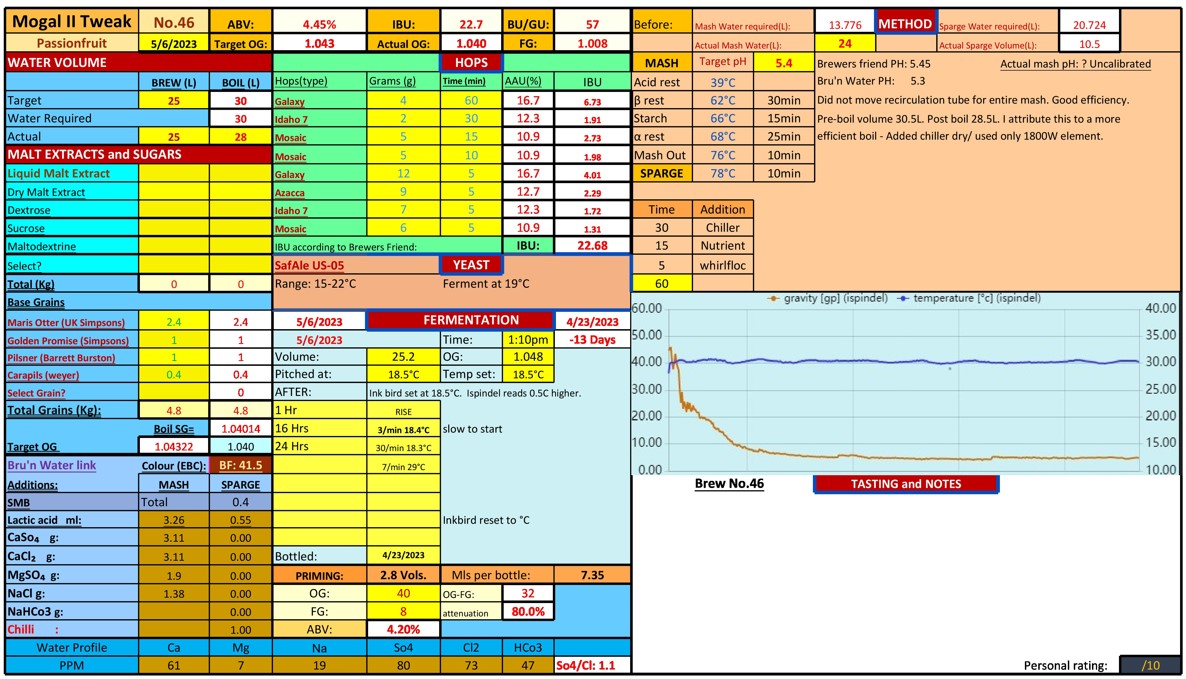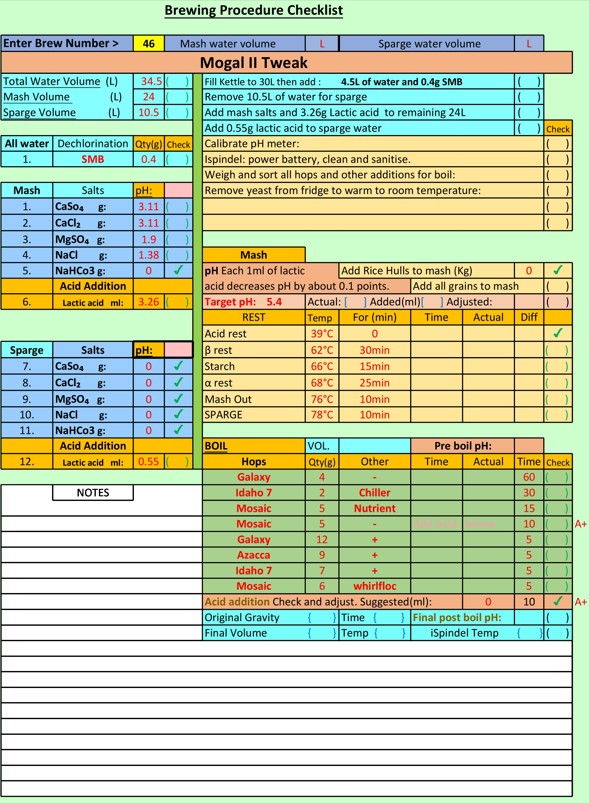So I think this has been asked before, but it's fun to ask the general population here random questions. How do you keep your notes? Handwritten log? Computer? Dedicated brewing software? Etching on stone? I, personally, have my personal laptop in the garage/brewery (mainly because I smoke as well, and it's my she-shack). I keep notes on MS word, for not only brewing but other projects; and I have a long-running thing that I guess would be called a personal journal. I type much better than I handwrite; if I kept a handwritten brew journal, here's a sample of what it would look like:
4am Started water heating
4:05am Checked temperature
4:25am Mashed in
5:25am Pulled and drained bag, started burner for boil
4:15pm Everything went fine, SG 1.061, cleaning all done, I took a nap.
So?
4am Started water heating
4:05am Checked temperature
4:25am Mashed in
5:25am Pulled and drained bag, started burner for boil
4:15pm Everything went fine, SG 1.061, cleaning all done, I took a nap.
So?





